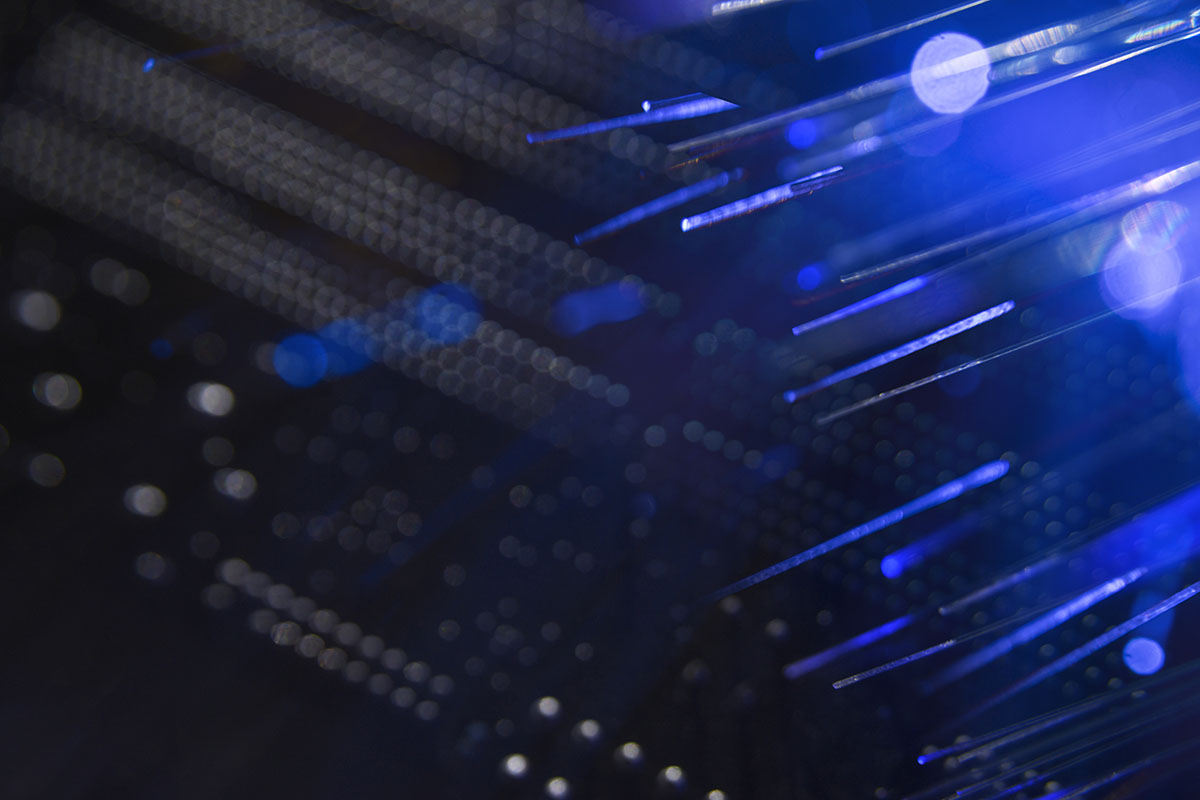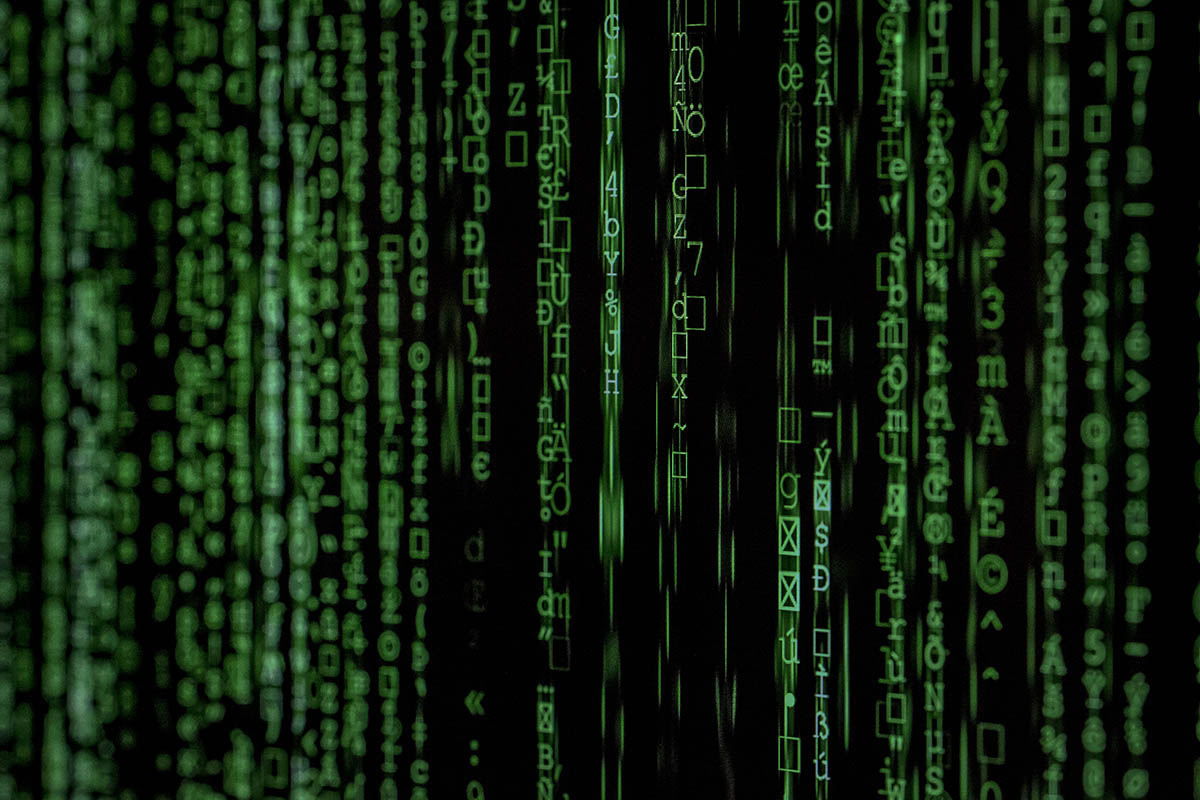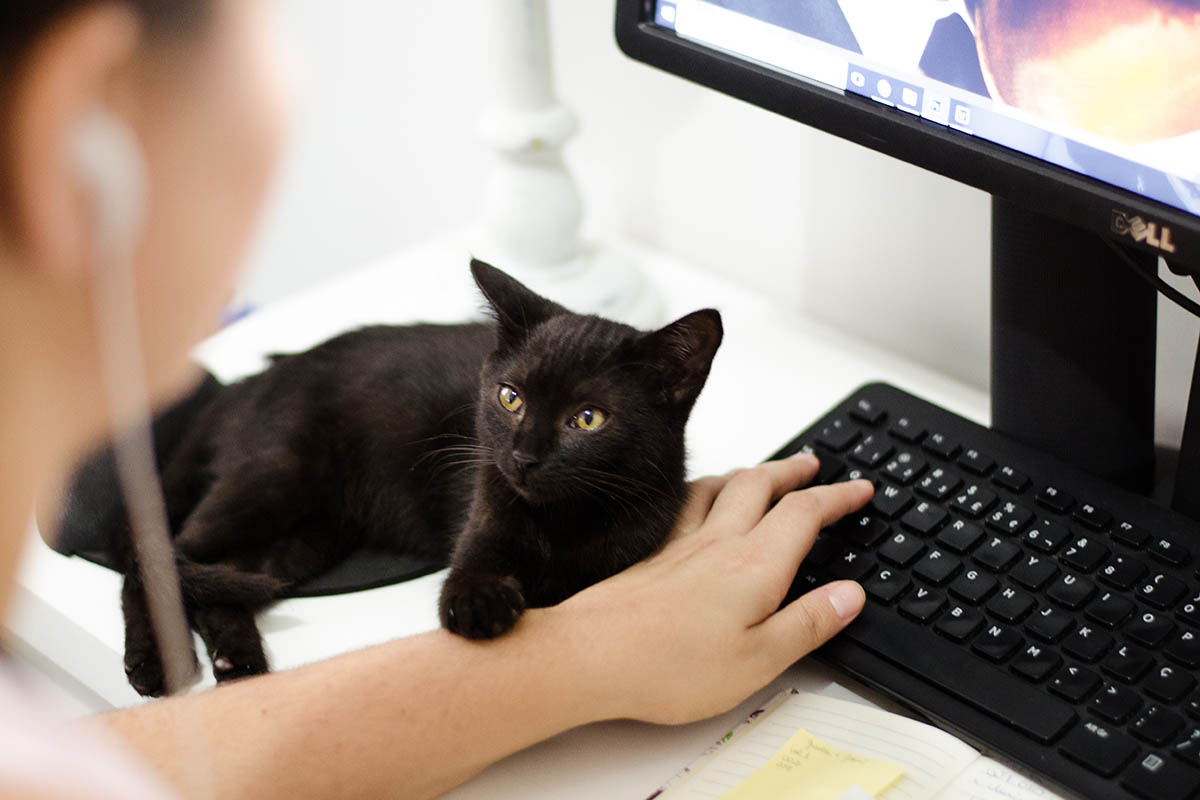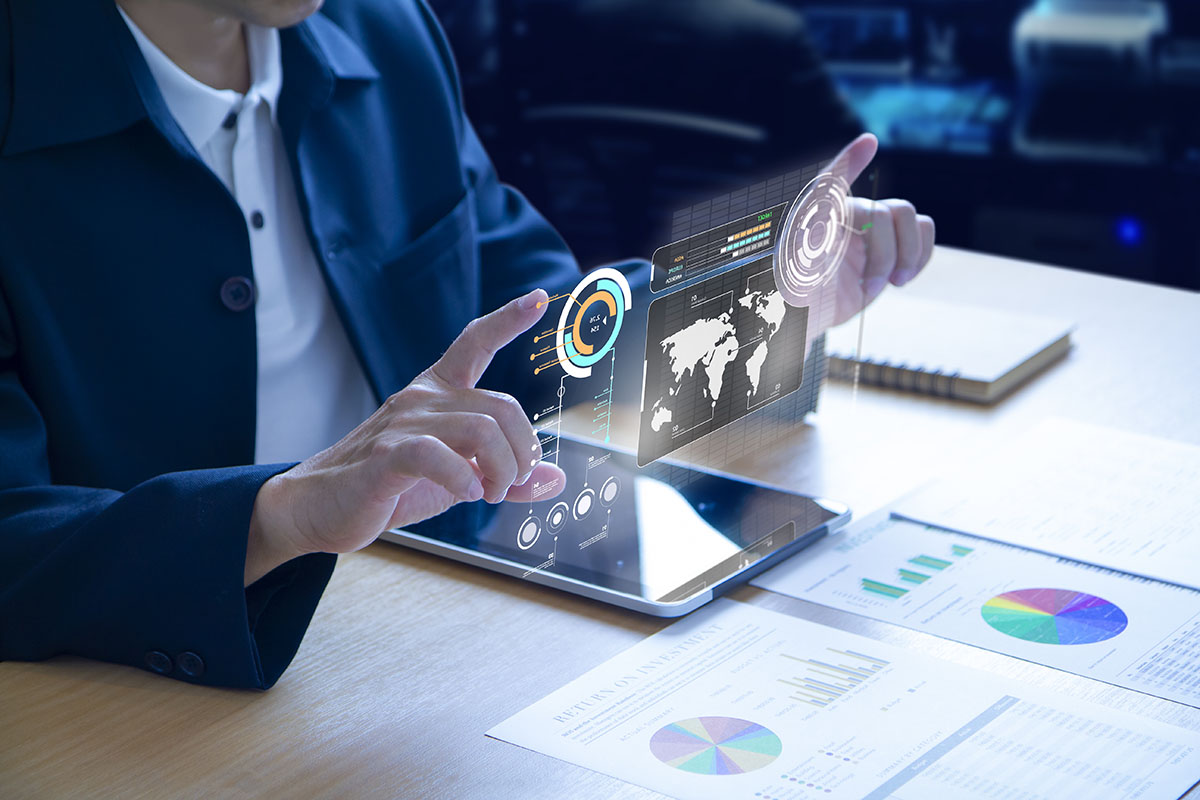How Does Fiber Internet Work? A Detailed Guide
Are you wondering how does fiber internet work? If yes, you should check out our informative guide here on the key things to know. Do you plan to get a fiber internet connection? It’s a smart move to educate yourself about it before you buy fiber-optic internet service.
We created 2.5 quintillion bytes of data in 2017. With the growth of the internet, we come ever closer to using online content in high quality. For example, you can now upload and view YouTube videos at 4K resolution. That’s all thanks to fiber internet.
In this guide, we’ll teach you what fiber internet is. We’ll also answer questions like how does fiber internet work? We’ll go in-depth with the makeup of fiber-optic cables and how they transfer data. Keep reading to learn more about what fiber-optic internet is.
How Does Fiber Internet Work and What Is It?
Before we talk about how fiber connection works, let’s talk about what it is first. An optical fiber wire uses a type of glass for its core. This type of glass is what carries data from one part of the line to the other.
The reason for a glass core is that it uses light to transfer data. All around this glass core is the cladding of the cable. This part also uses glass or plastic to protect the core. The cladding and the core both work together to create a total internal reflection. This phenomenon is when the light hits the glass at a shallow angle, less than 42 degrees.
This way, the light reflects back and forth within the core as if in front of two mirrors. The cladding has a lower refractive index, which keeps the light within the core. The light used in fiber-optic cables to send data is a laser or LED pulses. It travels down the fiber interior fast.
For fiber-optic cables that run miles, there are optical amplifiers to boost signals. How does light send data, you may be asking? The LED or laser pulses carry binary data. Binary is the series of ones and zeroes that come in organized eight-part patterns or “bytes.”
What Is A Fiber-Optic Internet Connection?
Now that you know what fiber-optic is, let’s define what fiber internet means. A fiber-optic connection is an internet service that uses fiber-optic cables. Today, it’s the most sought-after type of internet service.
Is Fiber-Optic Internet Better?
A fiber-optic connection is an internet service that uses fiber-optic cables. Today, celito.net provides the most sought type of fiber internet service to grow your business rapidly.
Before Internet Fiber Connections
For a point of comparison, let’s discuss how we sent data before the fiber-optic connection. Before fiber internet, you may have had cable internet or DSL internet. You may even have a connection that uses DSL or cable until today.
Digital Subscriber Line or DSL is the older one of the two. A DSL connection uses existing telephone lines to send data. Often, these use copper wires to transfer data. The other one is the cable connection, which is somewhat newer than DSL. Cable internet uses coaxial cable.
Its content is also copper, and it’s often used with the same cables for TV networks. Years before the development of fiber internet, everyone felt content with DSL and cable internet. However, as we began to consume more data, the demand for faster media also increased. We needed an internet connection type that can deliver all the data we create.
The Era of Fiber Internet
This is where fiber optics entered. Using light and glass fibers offered a faster and more secure way of data transport. Today, you can say that trunk cables form the backbone of the modern internet.
Fiber cables also use trunk cables called fiber-optic trunk cables. They are what we call the fiber lines that carry several fiber cables. This is because actual fiber lines are small, and they can get bundled together to be more efficient.
To connect the fiber internet to individual houses, you still need traditional coaxial cables. Your local IXP or “the last mile” connects you to the fiber-optic data carriers. Click the link to learn more about fiber internet. In many aspects, fiber internet is better.
Advantages of Using Fiber-Optic Internet
Fiber-optic internet tops the traditional connection in many aspects. It’s faster and sturdier. Yet, what is it that makes a fiber-optic connection work so well? Unlike copper wires, fiber lines use light to transfer data instead of electricity.
Light has faster speeds than electricity transferring through a copper wire. It overrides the physical limits of electricity conducting through metal. This offers a higher bandwidth capacity. Fiber-optic cables also get to run up to 25 miles before they lose signal strength. Compare this to the 328-feet limits that copper wires have before their signal degrades.
Also, let’s take a look at the physical attributes of fiber-optic lines. If you open a fiber-optic cable, you’ll see that its insulation is quite thick. This gives it a few advantages over traditional internet cables. First, the heavy insulation of fiber-optic lines keeps out any outside interference. The lower the levels of interference on your line, the stronger your signal strength will be.
Copper lines can pick up electromagnetic signals and radio interference. Another thing about fiber lines is that they are hardier than copper wires. A fiber line is also more resistant to pressure. You can put up to 8 times the pressure on a fiber-optic line than a copper wire. Also, remember that copper is a soft metal. It conducts heat, which may add to the damage. Copper wires also break down over time, especially under harsh weather conditions.
Disadvantages of a Fiber Connection
Like everything, getting a fiber connection also has its downsides. First, not everyone needs that kind of speed. How does fiber internet work for you if you don’t need such high speeds? Also, fiber won’t be available in all areas. Take a look at the 2019 interview with Harvard professor Susan Crawford.
There, she mentioned that only 750 cities and towns have a fiber connection. It’s why it’s more likely for you to see DSL and cable internet offers in the local market. Before you can shop for fiber internet plans, you’d have to know if fiber is available in your area first. Let’s also not forget that fiber is expensive.
Plus, it needs new infrastructure to operate. DSL and cable internet use existing copper wire infrastructure for phones and TV. Fiber-optic technology is newer and needs new infrastructures, which may take a while.
Is Fiber Internet Worth It?
Now, you may be looking up “internet providers near me” and asking yourself if you need fiber internet. Will it be worth it, you’ll ask yourself? The answer will depend on availability, internet usage habits, and other factors. Is fiber internet available in your area or city? Is your household full of people who often stream videos or play games online?
Now, you may be asking yourself if you need fiber internet. Will it be worth it, you’ll ask yourself? The answer will depend on availability, internet usage habits, and other factors. Is fiber internet available in your area or city? Is your household full of people who often stream videos or play games online?
Can your budget handle the cost of fiber-optic internet? There are a lot of things to consider before you sign a contract with a fiber internet provider. Remember, only certain uses of the internet need the speeds that fiber internet has.
The typical tasks that have high-end needs are gaming and video streaming. For example, streaming a movie or series on Netflix in HD uses up to 3GB per hour. If that’s what you plan to do with your internet connection, subscribing to fiber internet is worth it.
However, if you’re only going to check your email or download a few files, it’s better to skip out on a fiber connection. It’s the same reason you don’t need a high-end racecar to drive from home to work.
Fiber Internet vs. DSL vs. Cable
We’ve already highlighted some pros and cons of fiber internet above. Below, we’ll give you more ideas about what differentiates DSL and cable internet from fiber internet.
Fiber Internet vs. DSL
If you want to have the internet without damaging your wallet and the environment, DSL is your best choice. DSL connections are easier to install, and thus much cheaper. Most places in the country already have telephone connections, even in rural areas.
Fiber-optic infrastructure is also expensive. There isn’t much demand for it in the market either. Many fiber providers don’t see the need to install fiber-optic infrastructures yet. The cons of DSL internet are that it’s prone to interference and loss of signal. DSL also offers asymmetrical speeds. That means your upload and download speeds won’t match.
Fiber Internet vs. Cable
Do you have limited funds for an internet connection? If you want the most affordable option, go for cable internet. However, that can bite you back since you’ll often get what you pay for. It also sits in the middle of the availability scale. Cable internet is not as available across the country as DSL is. However, it’s more available than fiber-optic internet options.
If you use cable internet, you also likely have a data cap. Cable internet gets shared from a central node. That means you’re sharing the internet with other users. To give everyone their fair share, service providers for cable internet set data caps. They’ll slow down your internet speeds after you used a certain amount. If you go past the data cap, you’d have to pay extra fees.
Get a Fiber Internet Plan Now
What is fiber internet and how does fiber internet work? We hope our in-depth guide here provided the answers you seek. To sum up, it’s the most reliable wired internet connection type today, so don’t hesitate to sign up for it if you require a fast connection.
But why stop learning here? If you want to read more, feel free to check out our other guides right here. We cover everything from technology to general tips and tricks. Check what’s the future of the Internet of things.
























